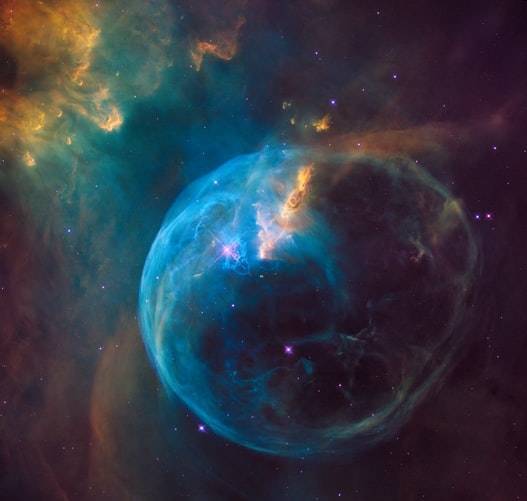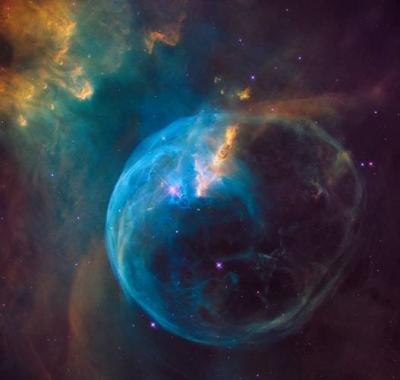A recent study suggests the possibility of up to 29 worlds that may be suitable for life and capable of monitoring Earth, should intelligent life exist there. According to the study published in the scientific journal "Nature," scientists from Cornell University identified 2,034 star systems in our galaxy. The researchers reached their conclusions, as reported by Forbes magazine, using data transmitted by the Gaia satellite, which is operated by the European Space Agency and was launched in 2013.
Gaia precisely monitors the positions of stars over the past and future 5,000 years, and the data provided by the satellite is crucial for narrowing down scientists' searches for exoplanets. According to astronomer and director of the Carl Sagan Institute at Cornell, Lisa Kaltenegger, among these stars, approximately 1,715 could have observed Earth since human civilization flourished about 5,000 years ago, with an additional 319 stars being added over the next 5,000 years.
Kaltenegger stated, "From the perspective of exoplanets, we are aliens. We wanted to know which stars have a suitable view to see Earth because they are obscured from the sun's light." Though not all planets around these stars capable of monitoring Earth have been explored, scientists estimated 29 worlds in the habitable zone that are well-placed to detect radio waves emitted by humans.
The transit method is one of the techniques astronomers use to discover planets in other star systems by looking for changes in the light coming from the star. According to Kaltenegger, communicating with distant civilizations is challenging because, for instance, those 82 light-years away would hear about events on Earth from the beginning of World War II and would not reply until 2101.
Scientists are pinning their hopes on the James Webb Telescope, expected to launch later this year, which will provide detailed information about exoplanets and their atmospheres. The telescope will also assist in the search for signs of life in the vast universe, such as chemical signatures produced by living organisms.




